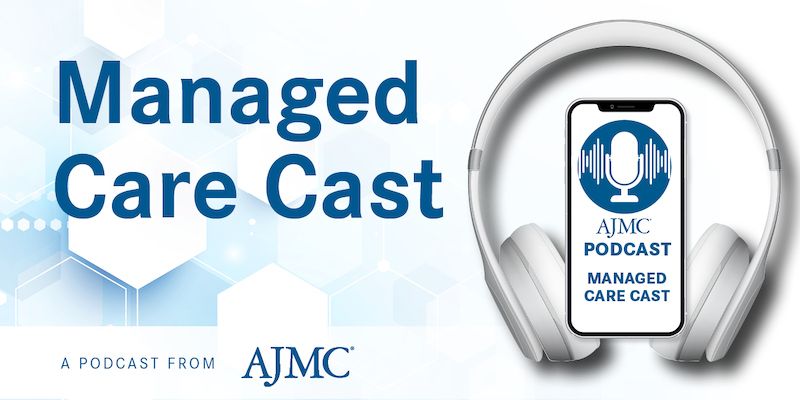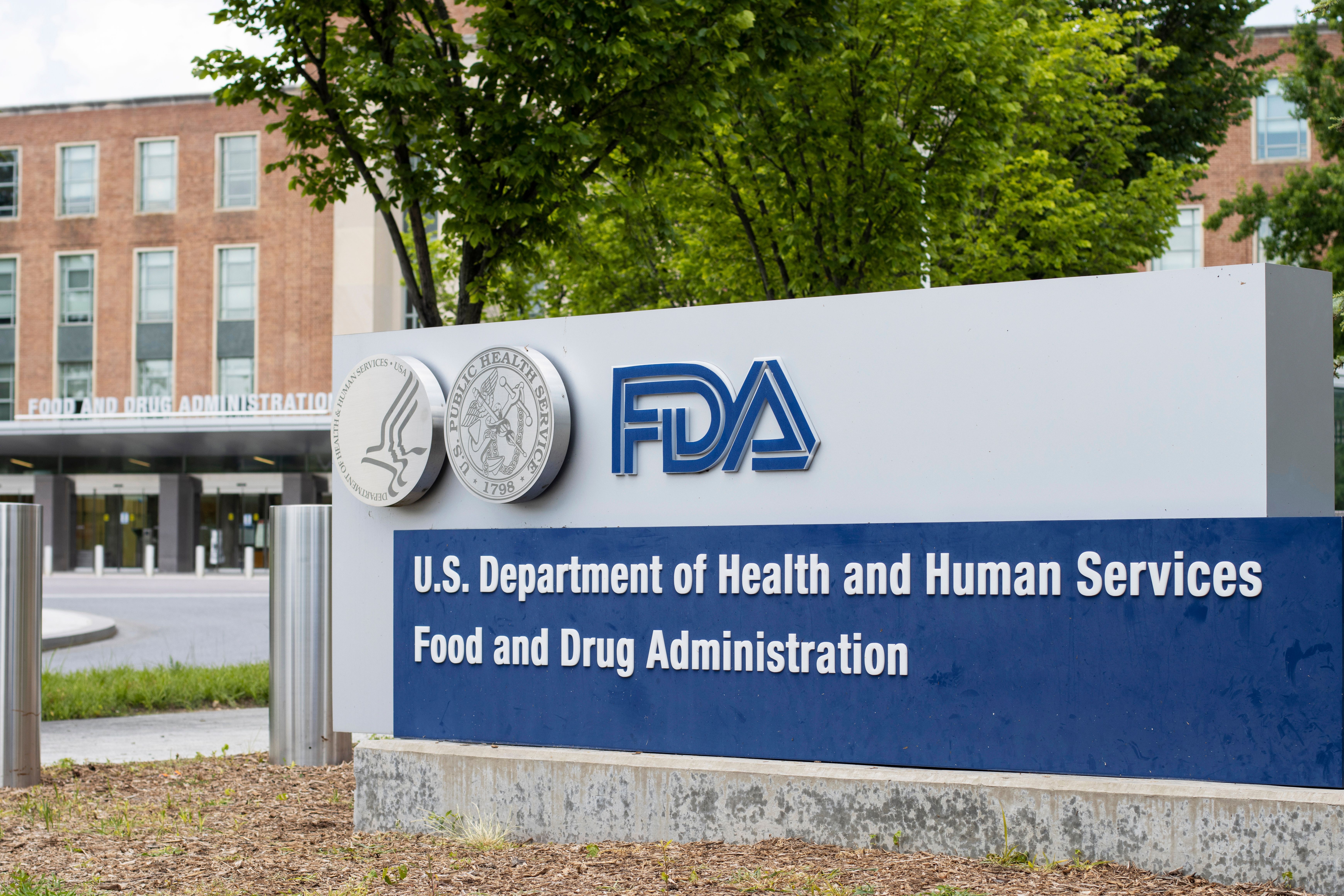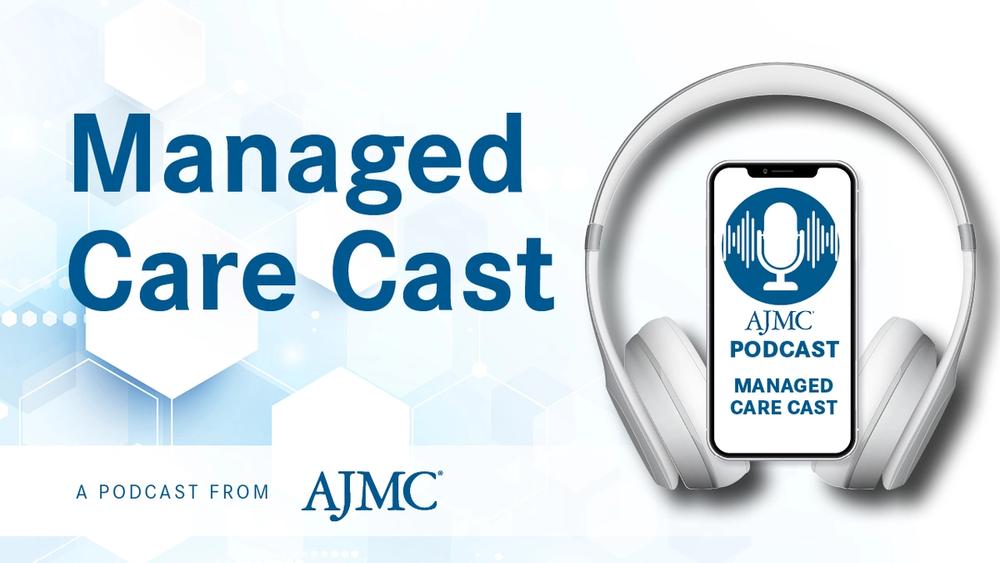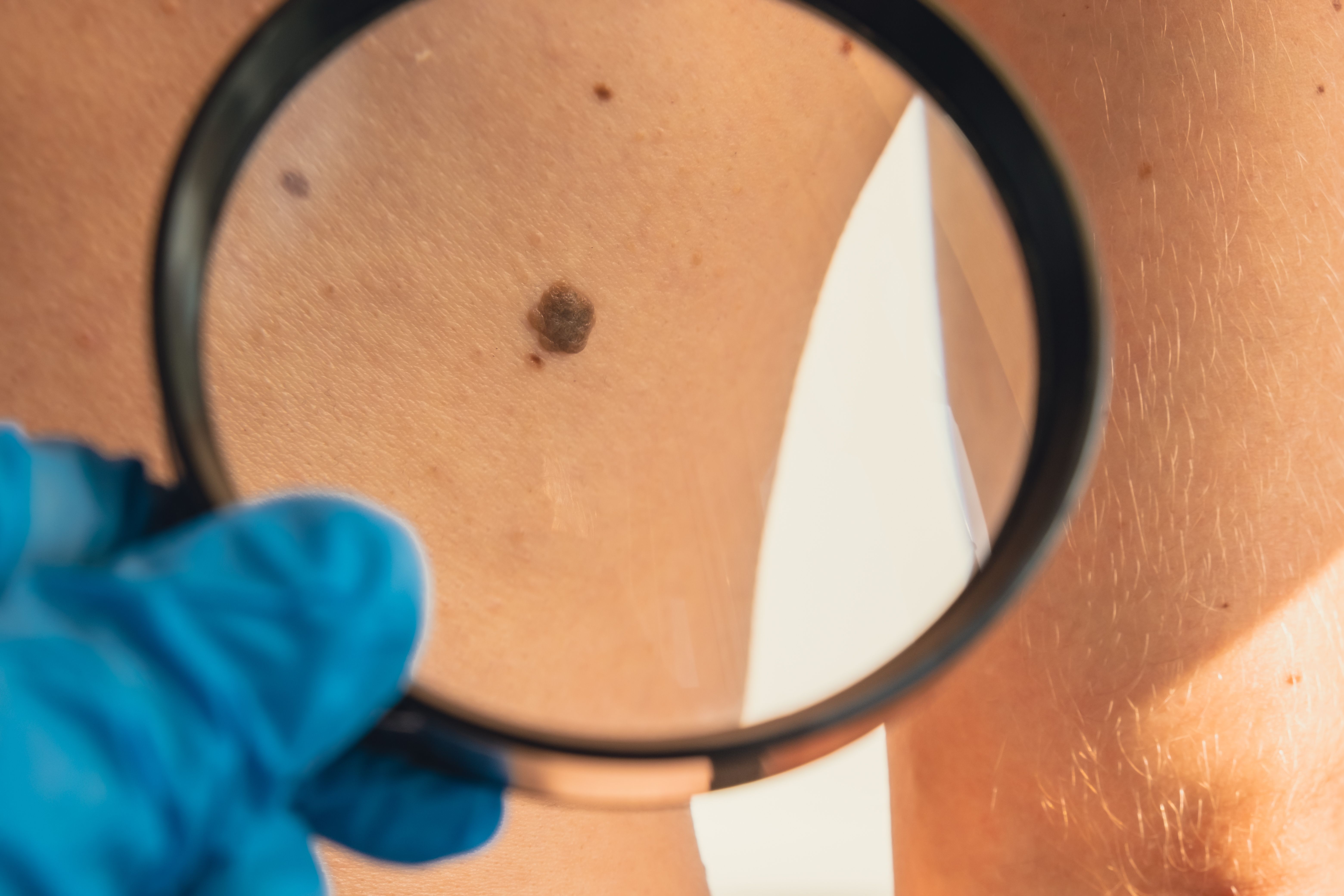Commentary
Video
Nipocalimab’s Promising Potential in Advancing gMG Care
Author(s):
For part 3 of our interview with Katie Abouzahr, MD, Johnson & Johnson Innovative Medicine, we discuss the favorable safety and efficacy profile of nipocalimab for generalized myasthenia gravis (gMG).
Continuing our interview with Katie Abouzahr, MD, Johnson & Johnson Innovative Medicine, we discuss the Vivacity trial (NCT04951622) results on nipocalimab, currently under priority review by the FDA, focusing on improvements in myasthenia gravis activities of daily living (MG-ADL) scores and the drug's favorable safety profile. Our conversation also touches on the phase 2/3 Vibrance study (NCT05265273) in adolescents, which met its primary end point of immunoglobulin G (IgG) reduction.
You can also revisit part 1 and part 2 of our interview.
This transcript has been lightly edited for clarity; captioning was auto generated.
Transcript
Can you summarize the Vivacity study data that support the FDA’s priority review of nipocalimab?
So I talked about the mechanism of action and why we think this is so amenable and selective for myasthenia gravis. What we did is we ran a phase 3 study called Vivacity. It was specifically designed to measure sustained efficacy and safety with consistent and uninterrupted dosing through 6 months. It was a study of nipocalimab plus standard of care in patients with generalized myasthenia gravis against placebo plus standard of care.
We met the primary end point, which was to show improvement in MG-ADL score—that's myasthenia gravis activities of daily living score—at 6 months, and it was in a broad group of antibody-positive patients, including anti-AChR [acetylcholine receptor], MuSK [muscle specific kinase], and LRP4 plus [against lipoprotein]. Patients receiving nipocalimab plus standard of care improved by 4.7 points on the MG-ADL score, significantly more than placebo, and that was from baseline over weeks 22, 23, and 24, so around 6 months.
A couple of reasons why we think that's so important: First of all, improvement like that is clinically meaningful to a patient with generalized myasthenia gravis. The MG-ADL score is 8 different parameters, and you can score 0, 1, 2, or 3. And a 1- or 2-point change actually can be the difference between normal eating or frequent choking, or shortness of breath at rest and being on a ventilator. So it's really clinically meaningful to patients to improve on that score by even 1 to 2 points. The other reason we think that the data are so exciting and so important to patients is thinking about the unmet need. This is a sort of lifelong disease. Symptoms do fluctuate within a day or over time, but what we think is really important is the predictability of being able to show sustained disease control that's uninterrupted. And as I mentioned, we did design this study to measure sustained efficacy and safety at 6 months—so 22 to 24 weeks was the primary end point.
The other program that we have shared data on for nipocalimab is the phase 2/3 Vibrance study, which is in adolescents. I mentioned adolescen earlier—again, an area of immense unmet medical need in this disease. And again, we met the primary end point. Here we were looking at an end point of reduction in total serum IgG. I mentioned earlier, that's a way of looking at the reduction as well in autoantibodies, which are IgG. We also met key secondary end points.
And again, the tolerability and safety profile over that 6-month period was consistent with what we've seen in adult participants in the Vivacity study and nipocalimab more widely.

Navigating Sport-Related Neurospine Injuries, Surgery, and Managed Care




